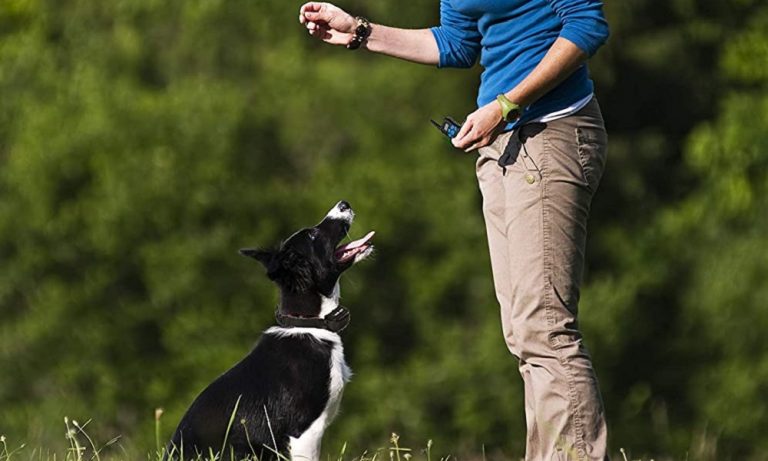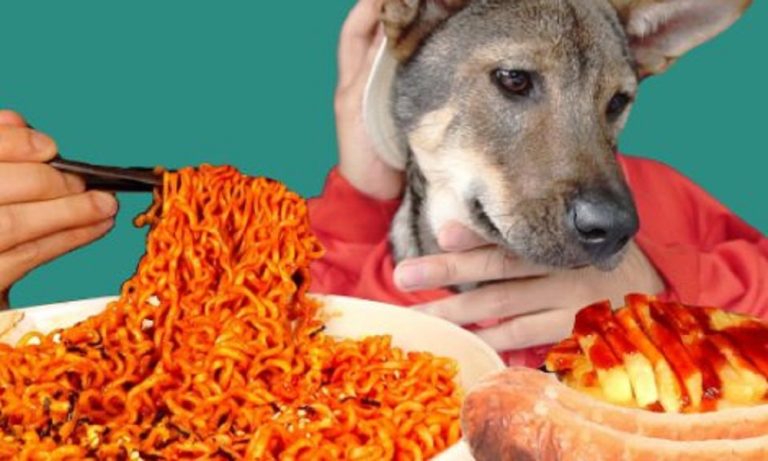Can Dogs Eat Butterscotch?
It may surprise you to know that dogs can safely eat butterscotch in moderation. Butterscotch is a type of candy made up of sugar, butter, and sometimes corn syrup. It can be a nice treat for your pup as long as it does not contain xylitol, which is toxic to dogs.
The sugar and fat content should also be monitored to prevent digestive upset in your dog. Additionally, if consumed in large amounts, butterscotch can lead to obesity or dental problems due to its high sugar content.
With these considerations in mind, providing your pup with a small bit of butterscotch every now and then will certainly make them happy!
What Sweets Can Dogs Not Eat?
It’s important to be aware of what sweets are safe for your pup and which ones could cause them harm. Dogs should never have chocolate, as it contains theobromine, a toxic stimulant that can cause vomiting, diarrhea, increased thirst, seizures and even death in dogs.
Grapes and raisins should also be avoided because they can lead to kidney failure in some dogs. Other sweets such as sugar-free candy or gum containing xylitol can also be dangerous as this artificial sweetener is poisonous to dogs.
In addition, cinnamon candies may contain high amounts of ground nutmeg which when ingested by a dog can result in tremors and rapid heartbeat. Finally macadamia nuts are another food item that poses potential danger if consumed by our canine friends due to their toxicity levels resulting in muscle weakness and paralysis so best keep these away from your pet too!
Can Dog Dogs Eat Caramel?
No, dogs should not eat caramel. Caramel may be delicious for humans to enjoy, but it can be dangerous for a dog’s digestive system. Caramel contains high levels of sugar and fat which can cause an upset stomach or even pancreatitis in dogs; the sugar is also likely to increase their risk of developing dental problems such as cavities and tooth decay over time.
Furthermore, many brands of caramel contain artificial sweeteners such as xylitol which are highly toxic to pets and could lead to acute liver failure if ingested by a dog. If you want your canine companion to have something sweet from time-to-time, look for treats that are made specifically for them – there are plenty out there!
Can Dogs Eat Hard Candy?
No, dogs should not eat hard candy. Hard candies can be dangerous for them due to their sugar and artificial sweeteners content which can cause a spike in blood glucose levels that could lead to pancreatitis or other health issues.
Additionally, the hard candy is difficult for a dog’s digestive system to break down as well as being a choking hazard because it takes longer to dissolve than soft candies. Furthermore, many hard candies contain ingredients such as xylitol which is toxic to dogs and can even cause liver failure if ingested in large amounts.
If your pup has gotten into some hard candy, watch out for signs of gastrointestinal distress including vomiting, diarrhea or loss of appetite and contact your veterinarian right away. So while it may seem like an innocent treat, remember that when it comes to keeping your pup safe from harm’s way – never give them anything containing sugar or artificial sweeteners such as hard candy!
Can Dogs Lick Butter?
Yes, dogs can lick butter. Butter is a fatty dairy product made from cow’s milk that has been churned to separate the fat and liquid components. While it may not be part of your pup’s usual diet, small amounts of butter aren’t likely to harm them as long as they’re given in moderation.
In fact, some dog owners even use small amounts of butter or other fats like olive oil on their pets’ food to help improve their coat condition and make meals more appealing. That being said, large quantities of butter should never be fed to a pet since too much dietary fat can cause weight gain and put extra strain on internal organs such as the liver or pancreas.
Also keep in mind that while these fats are beneficial for dogs when given in moderation, they ought not replace other essential nutrients found only in commercial pet foods formulated by experts specifically for our furry friends!
Can Cats Eat Butterscotch Pudding?
No, cats should not be fed butterscotch pudding or any other form of human food containing sugar, as it can lead to obesity and diabetes in cats. Additionally, the ingredients may contain substances that are toxic to cats such as xylitol, an artificial sweetener.
Instead of giving your cat butterscotch pudding, try offering them a healthy snack like kibble or treats made specifically for cats.
Can Dogs Eat Caramel?
No, dogs should not eat caramel. Caramel is typically made by heating sugar, and it often contains additional ingredients like butter, cream, or flavorings. These ingredients can be harmful to dogs.
Sugar is not a healthy part of a dog’s diet and can lead to various health issues such as obesity, dental problems, and even diabetes if consumed in large quantities over time. Additionally, some dogs may be more sensitive to sugar and could experience gastrointestinal upset, including diarrhea, if they consume caramel or other sugary treats.
Furthermore, certain caramel products may also contain xylitol, a sugar substitute commonly used in sugar-free products, which is extremely toxic to dogs and can lead to severe health problems, including liver failure and hypoglycemia.
It’s essential to avoid giving your dog sugary and sweet treats like caramel. Instead, stick to dog-safe snacks and treats specifically designed for them to ensure their well-being and health. If you suspect your dog has ingested caramel or any other toxic substance, contact your veterinarian immediately for guidance.
Can Dogs Have Butternut Squash?
Yes, dogs can have butternut squash in moderation, and it can be a healthy addition to their diet when prepared properly. Butternut squash is a nutritious vegetable that is low in calories and contains vitamins, minerals, and fiber that can benefit your dog’s health.
Here’s how you can safely feed butternut squash to your dog:
-
Cooked and Plain: Always serve butternut squash to your dog in a cooked and plain form. Raw squash can be difficult for dogs to digest and may cause gastrointestinal upset. Steaming, boiling, or baking butternut squash without any added seasonings or spices is the best way to prepare it for your dog.
-
Remove Seeds and Skin: Before feeding butternut squash to your dog, make sure to remove the seeds and skin. The seeds can be a choking hazard, and the skin may be tough to digest.
-
Portion Control: Moderation is key. While butternut squash is nutritious, it should only be a small part of your dog’s diet. Too much squash can lead to digestive issues due to its fiber content.
-
Avoid Seasonings: Do not add any seasonings, butter, salt, or spices to the butternut squash when preparing it for your dog. These additives can be harmful to dogs.
-
Monitor for Allergies: As with any new food, introduce butternut squash gradually into your dog’s diet and watch for any signs of allergies or sensitivities. If your dog experiences any adverse reactions like diarrhea, vomiting, or itching, discontinue feeding butternut squash.
Remember that while butternut squash can be a healthy treat for dogs, it should not replace their regular balanced dog food. Always consult with your veterinarian if you have any concerns about adding new foods to your dog’s diet or if you’re unsure about their dietary needs.
Can Dogs Eat Walnuts?
No, dogs should not eat walnuts. Walnuts can be harmful to dogs for several reasons:
-
Risk of Mold: Walnuts, especially those that have been harvested from the ground or have gone through improper storage conditions, can contain molds and mycotoxins. These substances can be toxic to dogs and lead to neurological symptoms, seizures, and other health issues.
-
High Fat Content: Walnuts are relatively high in fat, and consuming them in large quantities can lead to gastrointestinal upset, including diarrhea and pancreatitis, a painful inflammation of the pancreas.
-
Obstruction Hazard: The hard shell of walnuts can pose a choking hazard or, if swallowed, may cause intestinal blockages in dogs. The shell can be difficult to digest and may cause harm to a dog’s digestive tract.
-
Potential Allergic Reactions: Some dogs may be allergic to nuts, including walnuts. Signs of an allergic reaction can include itching, swelling, hives, difficulty breathing, and digestive problems.
Due to these potential risks, it’s best to avoid giving your dog walnuts as a treat or part of their diet. If you suspect that your dog has ingested walnuts, especially if it was a significant amount or if you notice any adverse reactions, contact your veterinarian immediately for guidance and monitoring.
It’s always better to be cautious when it comes to feeding your dog human foods and to stick to safe, dog-specific treats and foods recommended by your veterinarian.
Conclusion
In conclusion, it is important to be aware of the potential risks associated with feeding butterscotch to your dog. While small amounts may not cause harm, larger portions can result in an upset stomach or other health issues due to its sugar and fat content.
Therefore, it is best to avoid giving your pup butterscotch altogether as a safe precaution.

